Schools
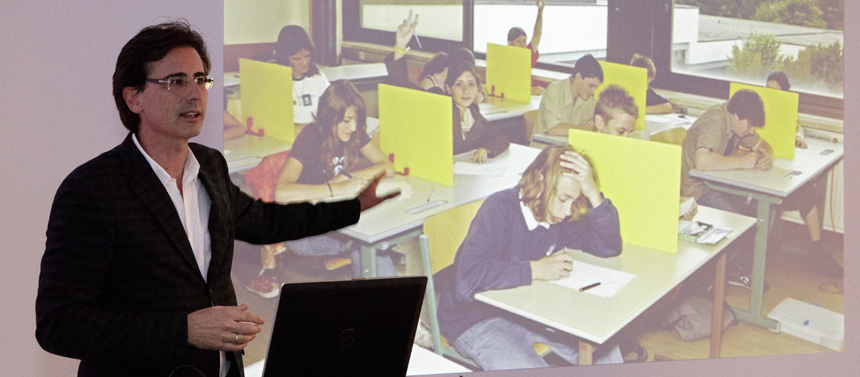
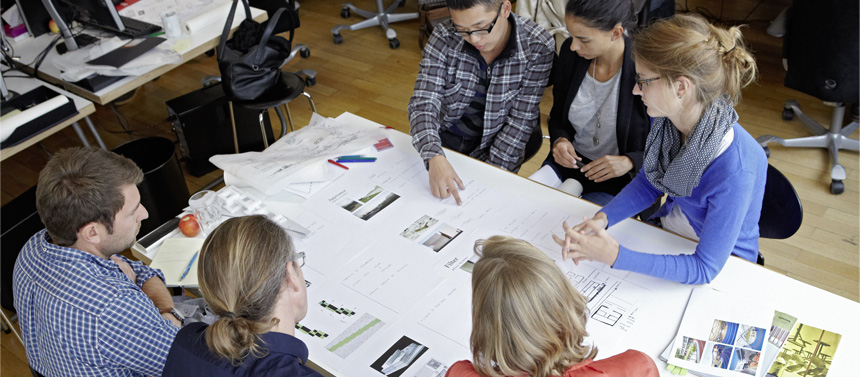
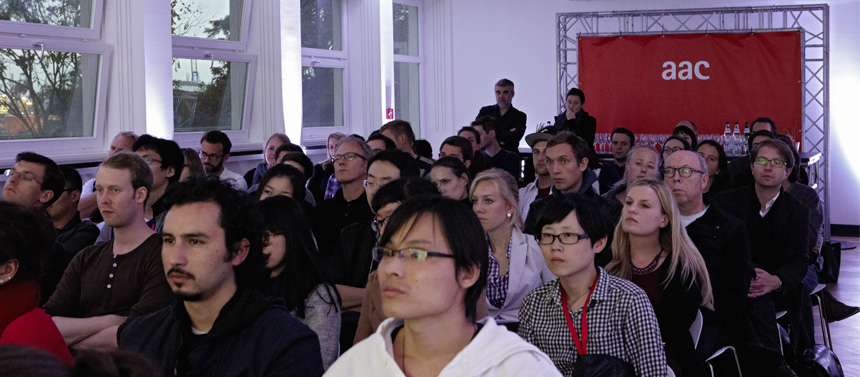
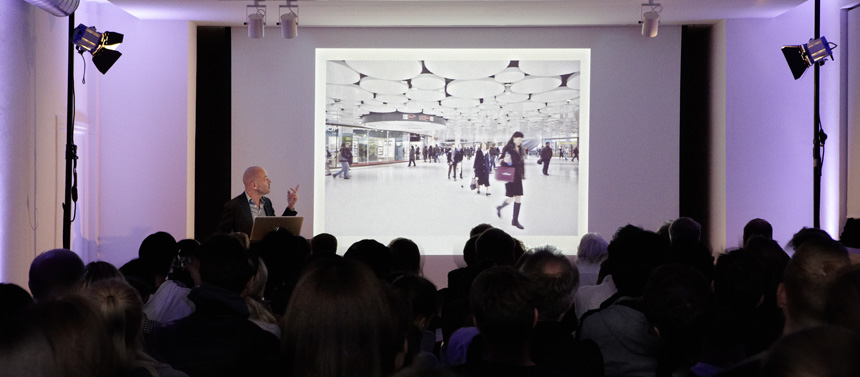
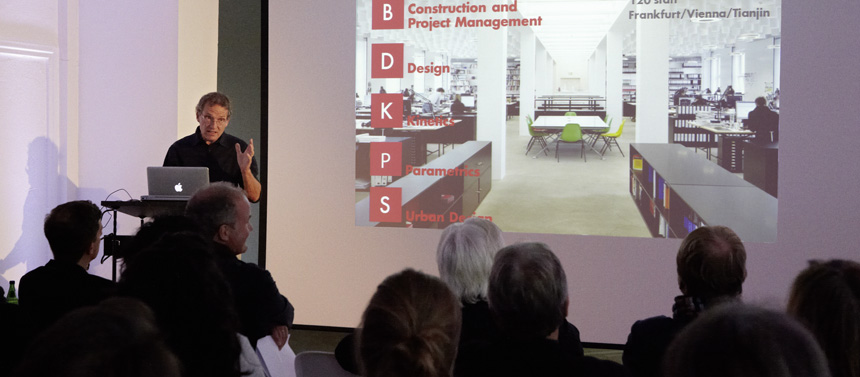
Urban Exchange: New School
Designs for the German School Shanghai
aac workshop, Hamburg, Germany
5th September to 27th September 2013 on the Rainvilleterrasse Campus in Hamburg
This workshop is under the guidance of
Prof. Dr. h.c. mult. Dipl.-Ing. Meinhard von Gerkan, aac president and Dipl.-Ing. Architect Nikolaus Goetze
Workshop Theme
The discussion of modern and future-proof schools is highly topical and addresses a theme of global importance. What tasks will a school of the future be faced with? - How does new teaching manifest itself in new rooms and buildings? - The aac workshop will explore solution scenarios in dialogue with one of the most exposed educational establishments worldwide: The German School in Hamburg’s partner city, Shanghai.
The starting point is formed by the German School’s real and current considerations for the design of a forward-looking new building at a new site.
The history of the German School in Shanghai is as exciting and dynamic as that of the up-and-coming metropolis of Shanghai itself: Founded in 1995 with initially only 4 pupils, within the space of a few years it developed into an institution offering the complete range of school qualifications (German equivalents of the Certificate of Secondary Education, O levels and A levels), and since 2007 has been represented at two sites in Shanghai. With currently more than 1,290 pupils and a teaching staff of 150, The German School Shanghai is the largest foreign German school worldwide.
The German School Shanghai is a private school organised by the association “Deutsche Schule Shanghai e. V." It has been recognised as a German foreign school by the Standing Conference of the Ministers of Education and Cultural Affairs of the Länder in the Federal Republic of Germany and receives financial and personnel support from the German Foreign Office. Pupils include both German children and children of other nationalities. German at native speaker level is the language of instruction and that used throughout the school.
The German School shares the EuroCampus, situated in the district of Qingpu in the west of Shanghai, with the French School of Shanghai. At present ca. 2,000 pupils (including the French School) are taught at this site in a new school building completed in 2005 and subject to numerous extensions. In 2007 a second site in the district of Pudong in the east of the city was established in sections of an existing school building which has been expanded annually from an initial 60 pupils to over 350.
Thus the changes to the German School since it’s founding reflect Shanghai’s incredibly dynamic growth and correspond to the increasing importance of one of China’s largest metropolises in the globalised world economy, not least in exchange with Germany.
Each year sees more German families living in Shanghai demanding German school education. At the same time, schools anchored in German culture and pedagogy are becoming increasingly attractive to families from other nations. As a result, the German School is becoming an important medium of cultural exchange and pedagogic innovation.
In light of this perspective, the premises at the Pudong site are proving increasingly cramped and incompatible with the school’s future development. Space is also lacking for important special amenities such as an indoor swimming pool or a hall for larger events. The space allocation plan covers the German School’s actual requirements and includes all the space needed for lessons, sport, leisure, and catering.
The workshop will examine conceptions for different sites in Shanghai consciously selected for their contrasting character. It poses the question as to the appropriate appearance of a German school in an Asian metropolis. At the same time it will focus on the interaction between the teaching space and the school as a site of cultural identity and well-being in a futuristic, vibrant urban environment.
The results of the workshop, extending beyond the immediate solution to the task, could also contribute to the exploration of typologies for the building of tomorrow’s urban schools.
Participants and Strucutre
Approx. 24 participants in teams of four persons each will develop alternative designs. The international mix of the teams will promote an intensive exchange among young architects of different cultural background. The Workshop language is English.
Schedule
The approximately three week workshop will begin with a meeting at Campus Rainvilleterrasse enabling all participants to get to know each other and the aac Studio. This will be followed by a comprehensive introduction to the assignment. The assignment will be conducted in a fixed rhythm of daily work in the studios with concurrent corrections and intermediate critiques. Thematically relevant lectures from renowned specialists will supplement the program. The workshop ends with a thorough concluding presentation and discussion. The results of the workshop will be displayed to the public in an exhibition.
Professor Meinhard von Gerkan and the gmp-partner Nikolaus Goetze will be at the helm of the worshop. They will brief the participants on the projects, the subject and its aims. Together with the lecturers, they will offer advice and direction and chair the interim- and final presentations.
Lectures by Visiting professors, guest critics and an excursion complete the program of the workshop in the respective sections.
Timetable
The workshop will take place between 5th September 2013 and 27th September 2013 on aac campus in Hamburg, Germany.

